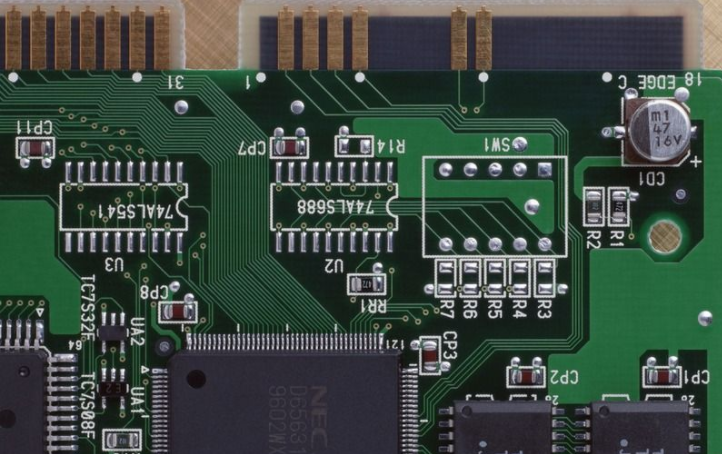PCB surface blistering is one of the more common quality defects in the PCB production process, because the complexity of the circuit board production process and the complexity of process maintenance, especially in the chemical wet treatment, make the prevention of blistering defects on the board surface comparison. difficulty. Based on many years of actual production experience and service experience, the author now makes a brief analysis of the cause of blistering on the surface of the copper electroplating circuit board:
The blistering of the circuit board surface is actually the problem of poor bonding force of the board surface, and then the surface quality problem of the board surface, which includes two aspects: 1. The cleanliness of the board surface; 2. The surface micro-roughness (Or surface energy) problem; all the blistering problems on the circuit board can be summarized as the above reasons. The adhesion between the plating layers is poor or too low, and it is difficult to resist the production process in the subsequent production process and assembly process The coating stress, mechanical stress, thermal stress, etc. produced in the process will eventually cause different degrees of separation between the coatings.
Some factors that may cause poor board quality during PCB production and processing are summarized as follows:

1. The problem of substrate processing; especially for some thinner substrates, (usually below 0.8mm), because the substrate has poor rigidity, it is not suitable to use a brushing machine to brush the board, which may not be able to effectively remove the substrate production and processing In the process, the protective layer specially treated to prevent the oxidation of the copper foil on the board surface. Although the layer is thin and easy to remove by brushing, it is difficult to use chemical treatment. Therefore, it is important to pay attention to control in the production and processing to avoid causing the board surface. The blistering problem of the board surface caused by the poor bonding force between the base material copper foil and the chemical copper; this problem will also have poor blackening and browning, uneven color, and partial black brown when the thin inner layer is blackened. The problem is not superior.
2 The phenomenon of poor surface treatment caused by oil stains or other liquids contaminated with dust during the machining (drilling, lamination, milling, etc.) process of the board surface,
3. PCB sinking copper brush plate is not good: the pressure of the plate before sinking copper is too large, causing the hole to be deformed, brushing out the hole copper foil rounded corners and even the hole leaking the base material, so that it will be caused during the process of sinking copper electroplating, spraying tin welding, etc. Causes the phenomenon of blistering at the orifice; even if the brush plate does not cause leakage of the substrate, the excessively heavy brush plate will increase the roughness of the orifice copper, so during the microetching process, the copper foil is prone to over-roughening. Phenomenon, there will also be certain quality hidden dangers; therefore, it is necessary to strengthen the control of the brushing process, and the brushing process parameters can be adjusted to the best through the wear scar test and the water film test.